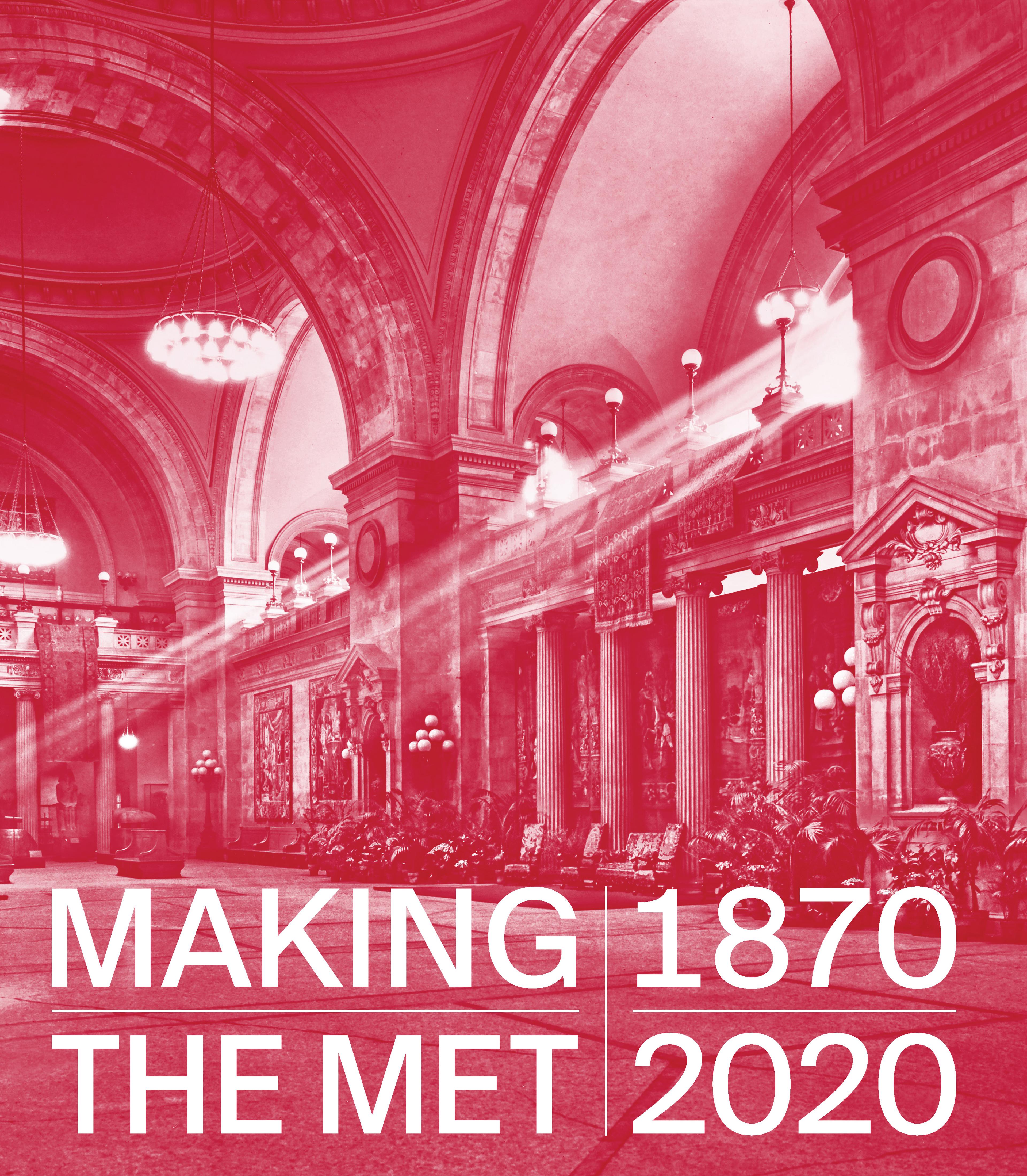Christ Carrying the Cross
The largest and most painterly of his prints, Christ Carrying the Cross is Schongauer's masterpiece. This engraving depicting Christ's procession to Golgotha is the artist's most visually complex. He created a spectrum of tones from white to gray to black by altering the density of the hatching. Throughout the print, he masterfully offset light and dark areas: for example, he placed the fully shaded figures on the right against a landscape delineated only by outlines and did almost the reverse with the boy in the lower left, situated in front of an area of shadowed ground. Schongauer was inspired by a painting of the subject by Jan van Eyck, now lost and known only through copies, and similarly created an image packed with lively characterizations of exotic figures and incidental detail. Yet he pushed the entire procession to the foreground and, as in devotional icons, he turned Christ's head to confront the viewer, emphasizing man's identification with Christ's suffering.
Artwork Details
- Title: Christ Carrying the Cross
- Artist: Martin Schongauer (German, Colmar ca. 1435/50–1491 Breisach)
- Date: ca. 1475–80
- Medium: Engraving
- Dimensions: Sheet: 11 3/8 × 16 7/8 in. (28.9 × 42.9 cm)
- Classification: Prints
- Credit Line: Purchase, The Sylmaris Collection, Gift of George Coe Graves, by exchange, 1935
- Object Number: 35.27
- Curatorial Department: Drawings and Prints
More Artwork
Research Resources
The Met provides unparalleled resources for research and welcomes an international community of students and scholars. The Met's Open Access API is where creators and researchers can connect to the The Met collection. Open Access data and public domain images are available for unrestricted commercial and noncommercial use without permission or fee.
To request images under copyright and other restrictions, please use this Image Request form.
Feedback
We continue to research and examine historical and cultural context for objects in The Met collection. If you have comments or questions about this object record, please contact us using the form below. The Museum looks forward to receiving your comments.
